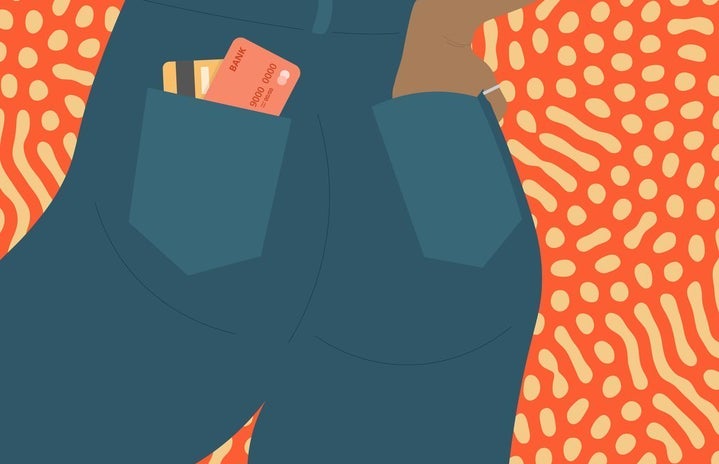The rise of Buy Now Pay Later services (BNPL) has shaken the fundamentals of retail shopping for consumers. Whether it is splitting the price of jeans within four installments, or the sudden ability to afford a new phone, the process operates differently from loans or credit card debt. This is particularly true for students and young consumers: it is far more user-friendly than other forms of debt, and is advertised heavily by media stars and popular fashion retailers. But such accessibility comes with drawbacks – whether it is encouraging debt for young consumers or damaging credit scores, there are many impediments to BPNL that are not acknowledged.
BNPL was introduced to the general population in the United States in 2018, and was launched a little bit later in the UK. The industry leader, Swedish Fintech company Klarna, saw explosive growth in the first two years. Since then, a myriad of other BNPL services have become competitive: the UK-focused corporation Layby rose to popularity not long after, and some stores began their individual plans. In just half a decade, the industry has come to be worth 97 billion, with projections of high growth to continue.
The contradiction of Buy Now Pay Later is in the demographics: those that need BPNL, or a series of reliable installments, are also those with the least stable income. The service is particularly popular amongst under-30s, with 50% of Generation Z reporting using it. Shoppers tend to borrow approximately £65 to £75 in each purchase, meaning the majority of goods requiring BNPL are high-cost clothing (such as shoes, jackets, and branded items) along with technology. But with retail, the central question is necessity: if the consumer cannot buy an item under £100 without borrowing money, is it actually a good financial decision?
Buy Now Pay Later thus encourages consumerism. It is easier to feel positive about buying an item when it feels more affordable in the short-term, as the other portion is in later installments. In Klarna’s study of their users, it was found that purchases were 68% more expensive when using the BNPL service. This indicates a dangerous trend of thinking one can spend more than they realistically can. It is particularly concerning when considering the precarious situation of most Gen Z incomes and the financial habits they are starting to develop, which could affect the rest of their adult lives.
Though the benefits of Buy Now Pay Later can be seen in other services as well, such as loans and credit scores, the key enticement to young shoppers is a seeming lack of consequences. While going into credit card debt is more impactful to long-term finances, most BNPL services do not charge interest.
When considering to use Buy Now Pay Later services as a student or young adult, it seems important to question the necessity of the good. Without the service, is it likely that you would be able to buy the item? If the answer is yes, it is certainly possible to utilize BNPL as a vital financial service for better spreading out finances. But, it is also important to consider the ways that Buy Now Pay Later overly encourages spending and future detrimental financial decisions.

